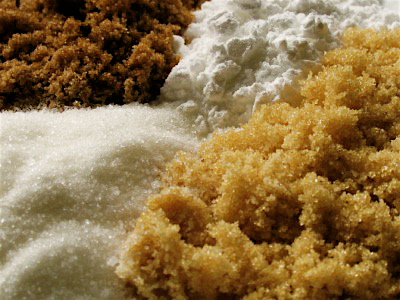Liverpool merchants began trading with South America as early as 1666, when the Antelope set off for Barbados and brought back a cargo of sugar cane. It wasn’t long before sugar refiners started to set up in Liverpool; the first two sugar entrepreneurs were Allyn Smith, a notable sugar baker from London, and partners Richard Cleveland and Daniel Danvers. Both houses were built in the 1670s. Smith, according to Sir Edward Moore who sold him the land, was expecting at least £40,000 of trade per year from Barbados.
In 1704 only 760 tons of raw sugar was imported through Liverpool, but by 1785 this had risen to 16,600 tons, supplying a dozen sugar houses in the town. Sugar arrived from Barbados and Demerara as a dark sticky molasses; treacle, syrup, sugar loaves and granulated sugar were all stages in the evolution of the refining process.
Liverpool merchants and planters in Liverpool formed the West Indies Association in 1799, to look after the interests of their trade, including a check on Customs & Excise duties.
One of the great innovators and entrepreneurs of the sugar industry was Henry Tate. Now a household name, Tate in 1859 was a grocer, when he joined the sugar refinery of John Wright & Co in Manesty Lane. Tate then started his own refinery in 1862 in Earle Street; swift expansion and a move to Love Lane saw Tate’s output rise to 20,000 tons a year.
 In 1924 Tate’s merged with Lyle’s of Greenock, and the famous brand name was born. The Love Lane refinery reached a production peak in its centenary year, 1972, with 550,000 tons of sugar leaving the factory gates.
In 1924 Tate’s merged with Lyle’s of Greenock, and the famous brand name was born. The Love Lane refinery reached a production peak in its centenary year, 1972, with 550,000 tons of sugar leaving the factory gates.
Tate & Lyle closed the Love Lane plant in 1981, a major blow to the people of Vauxhall. The opening in 1988 of the northern branch of the Tate Gallery in Liverpool was a gesture, but not exactly a replacement for the lost jobs.
The sugar girls is a non-fiction book about Tate & Lyle’s East London refinery.

